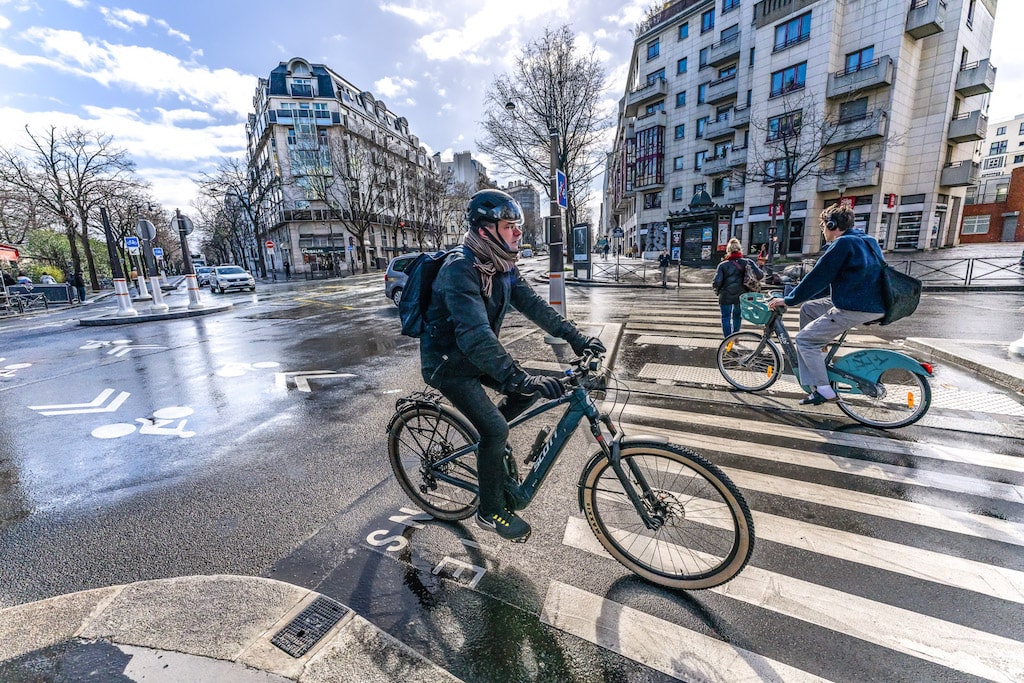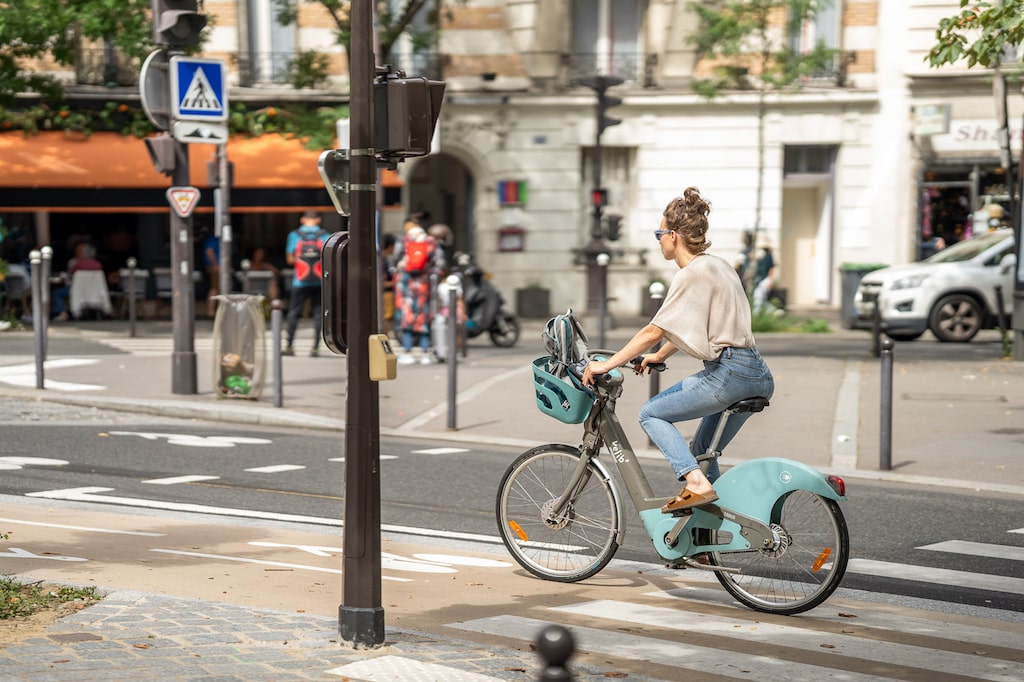Autumn Gear Guide
Find inspiration in our Gear Guide that will keep you out on your bike through wind or rain.
Download NowIn a recent surge to accommodate the increased demand for cycling in Paris, the city has unveiled extensive additions and updates to its bicycle network, aimed at enhancing accessibility and safety for cyclists. As the capital embraces a more sustainable mobility future, these developments signify a significant shift in urban transport dynamics, particularly in the […]
In a recent surge to accommodate the increased demand for cycling in Paris, the city has unveiled extensive additions and updates to its bicycle network, aimed at enhancing accessibility and safety for cyclists. As the capital embraces a more sustainable mobility future, these developments signify a significant shift in urban transport dynamics, particularly in the wake of the Covid-19 pandemic which saw a marked increase in bicycle usage.
The initiative follows a striking finding from the Paris Region Institute, which reported that bicycles are now used for 11.2% of trips within the city, surpassing car usage significantly. This increase is up from less than 5% before the pandemic, underscoring a major behavioral shift towards cycling among Parisians.
The city’s efforts include the creation and permanent establishment of several new cycle paths that were initially introduced as temporary measures to reduce reliance on public transport and promote social distancing during the pandemic. Key new routes include Boulevard du Palais and Boulevard des Invalides, among others, spreading across various arrondissements. The total network expansion is part of the ambitious 2021-2026 Cycling Plan, which involves an investment of 80 million euros.
Construction updates indicate that several critical corridors have recently been completed or are nearing completion. These include major thoroughfares such as Avenue de la République, which now features a 1.7-kilometer-long bidirectional cycle track, and Rue de La Fayette, which has been equipped with a bidirectional cycle path along its southern part to improve cyclist safety and facilitate pedestrian crossings.
Other significant developments include the transformation of Rue du Faubourg Saint-Antoine into a more bike-friendly route with bilateral paths and technical bands for parking and bus stops integration. Additionally, the city has successfully implemented cycling paths along the Quai d’Issy and the Pont de la Concorde, the latter receiving financial support from the Métropole du Grand Paris.
Moreover, the initiative not only focuses on expanding the physical infrastructure but also on revising existing pathways to enhance safety and resolve usage conflicts, particularly between pedestrians and cyclists. This adjustment comes as a response to community feedback and ongoing consultations aimed at refining the usability of public spaces.
These enhancements to Paris’s cycling infrastructure represent a proactive approach by the city to adapt to changing mobility needs, promoting environmental sustainability, and improving the quality of urban life. As these developments unfold, Paris continues to set a benchmark for cities worldwide, demonstrating the pivotal role of cycling in shaping modern, eco-friendly urban landscapes.
As Deputy Mayor David Belliard of Europe Ecologie-Les Verts (EELV) aptly notes, cycling in Paris has transcended mere trendiness; it’s become a fundamental aspect of the city’s identity. Despite challenges like inclement weather, cyclists continue to flock to the streets, setting new attendance records and reshaping the urban landscape in the process.
“We already knew that the use of bicycles had gone far beyond the simple fashion effect. (…) While the weather has deteriorated in Paris in recent weeks, we have still recorded attendance records,” said Belliard.

The city has taken a dynamic approach to the development of these routes, incorporating feedback from cyclists and residents to tweak and improve designs. For instance, minor revisions have been made post-initial installation to improve safety spots and reduce conflicts between different users of public spaces.
Paris is in the middle of a plan to transform the French capital into a 100 per cent cycling city.
“For each new cycle path, there are always more Parisians who get around!” said Mayor Anne Hidalgo, in a social media post. “Like rue du Renard in Paris Centre, whose new cycle path has quickly attracted new cycling fans.”
The expansion of Paris’s bicycle network is more than just an infrastructural update; it represents a shift in urban planning philosophy, prioritizing sustainable transport and actively responding to the needs of the city’s residents. As Paris continues to develop its cycling infrastructure, it not only enhances the quality of urban life but also sets a precedent for cities worldwide in embracing greener, more sustainable transportation options.
With these changes, Paris is not only looking to promote cycling as a practical daily transport option but also to ensure that it remains an integral and safe part of the city’s mobility landscape well into the future.
Find inspiration in our Gear Guide that will keep you out on your bike through wind or rain.
Download Now




Leave a comment